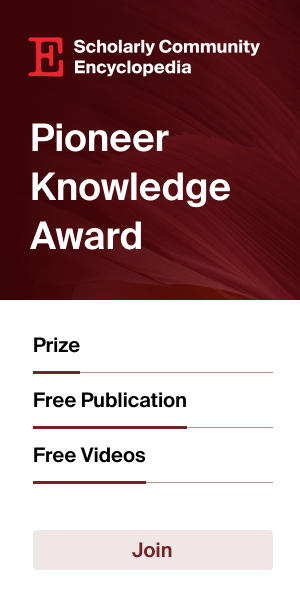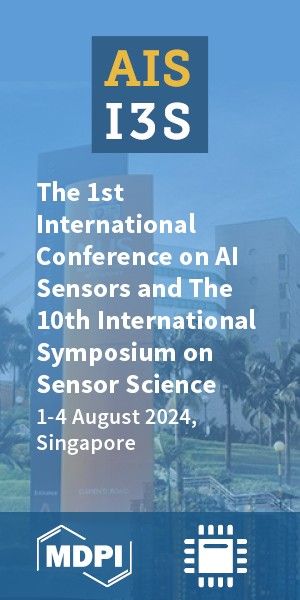Review
Version 1
Preserved in Portico This version is not peer-reviewed
The Role of Stem Cells as Therapeutics for Ischaemic Stroke
Version 1
: Received: 12 December 2023 / Approved: 12 December 2023 / Online: 12 December 2023 (12:03:42 CET)
A peer-reviewed article of this Preprint also exists.
Ya, J.; Pellumbaj, J.; Hashmat, A.; Bayraktutan, U. The Role of Stem Cells as Therapeutics for Ischaemic Stroke. Cells 2024, 13, 112. Ya, J.; Pellumbaj, J.; Hashmat, A.; Bayraktutan, U. The Role of Stem Cells as Therapeutics for Ischaemic Stroke. Cells 2024, 13, 112.
Abstract
Stroke remains one of the leading causes of death and disability worldwide. Current reperfusion treatments for ischaemic stroke are limited due to their narrow therapeutic window in rescuing ischaemic penumbra. Stem cell therapy offers a promising alternative. As a regenerative medicine, stem cells offer a wider range of treatment strategies, including long-term intervention for chronic patients, through the reparation and replacement of injured cells via mechanisms of differentiation and proliferation. The purpose of this review is to evaluate the therapeutic role of stem cells for ischaemic stroke. The paper discusses the pathology during acute, subacute, and chronic phases of cerebral ischaemic injury, highlights the mechanisms involved in mesenchymal, endothelial, haematopoietic, and neural stem cell-mediated cerebrovascular regeneration and evaluates the pre-clinical and clinical data concerning the safety and efficacy of stem cell-based treatments. Treatment of stroke patients with different type of stem cells appears to be safe and efficacious even at relatively higher concentrations irrespective of the route and timing of administration. Priming or preconditioning of cells prior to administration appears to help augment their therapeutic impact. However, larger patient cohorts and later phase trials are required to consolidate these findings.
Keywords
stem cells; cell-based therapy; endothelial progenitor cells; ischaemic stroke
Subject
Medicine and Pharmacology, Neuroscience and Neurology
Copyright: This is an open access article distributed under the Creative Commons Attribution License which permits unrestricted use, distribution, and reproduction in any medium, provided the original work is properly cited.
Comments (0)
We encourage comments and feedback from a broad range of readers. See criteria for comments and our Diversity statement.
Leave a public commentSend a private comment to the author(s)
* All users must log in before leaving a comment








